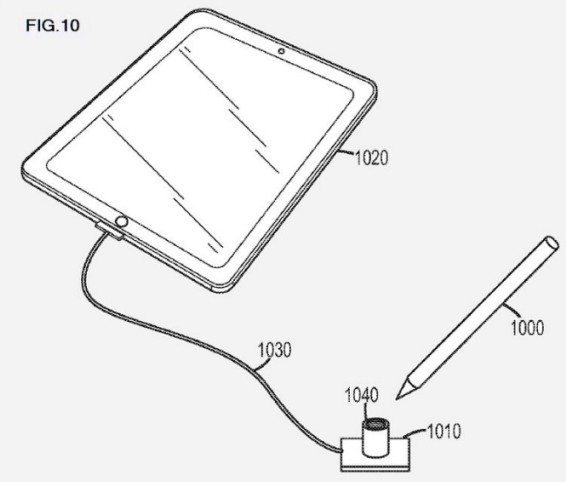A patent filed by Apple late last week regarding the potential use of coded magnets to secure and grant access to a device or data set could eventually show up in a consumer product at some point. The process sounds similar to existing external hard drive enclosures that use RFID and sensor keys to grant access to a drive, although likely much more secure.
In the past, magnets have been used for security purposes but rarely to grant access to applications or data. For example, a bank vault may implement magnets as a physical locking mechanism built into the door. In the patent that Apple has applied for, the magnets would serve as a key code of sorts to grant access to a device like an iPad or iPhone.

One example that Apple illustrates is the ability to unlock an iPad using a stylus inserted in a port connected via a cable to the tablet. If the magnets in the tip of the stylus match those found on the dock or the iPad, the device would be unlocked. Otherwise, access would be denied.
A secondary example shows an iPad with a built-in magnetic structure rather than a docking station connected by a transfer cable. The same coded magnet principal applies here as well where one would need to unlock the device with a paired stylus.
The patent is admittedly vague about potential possible uses, only presenting the idea itself. Such technology could easily find its way to the iPhone or other portable device and may have many other uses outside of the security realm. Some possible examples include a battery safety application, preventing accidental system shutdowns and a laptop security latch.
It's worth noting that Apple, like many other large tech companies, apply for a wide range of patents and the majority of them never actually make it to consumer products. This could very well be one such example, so don't get your hopes up prematurely.
Magnet image from Nicemonkey / Shutterstock.